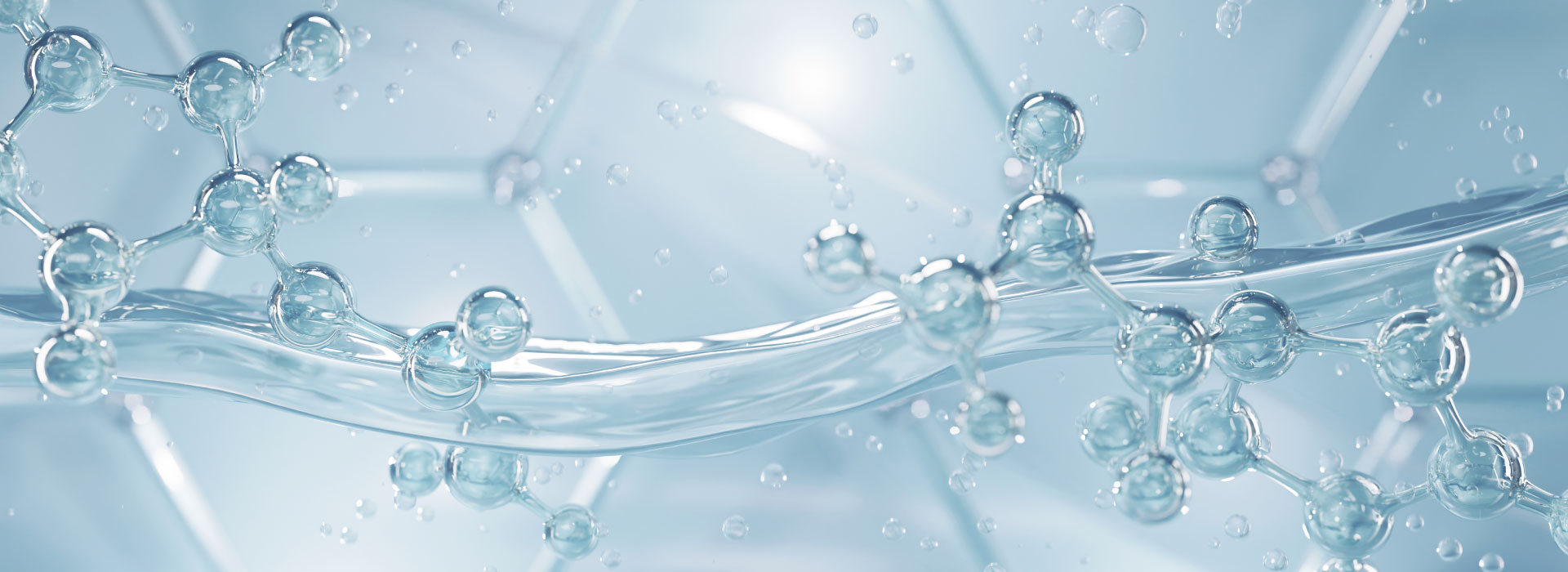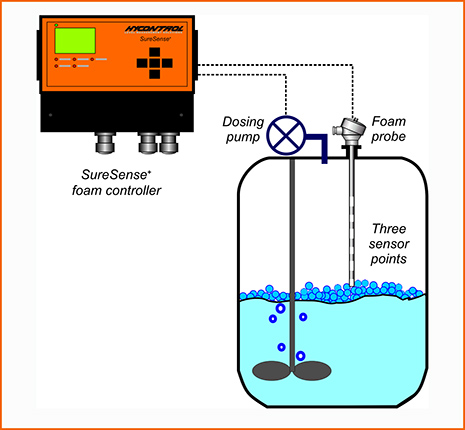Specialist Tips on Implementing Foam Control in Chemical Processing Environments
Specialist Tips on Implementing Foam Control in Chemical Processing Environments
Blog Article
Reliable Strategies for Accomplishing Ideal Foam Control in Chemical Production
Efficient foam control is a vital facet of chemical manufacturing that can considerably affect manufacturing effectiveness and product high quality. By recognizing the systems of foam formation and picking suitable anti-foaming agents, suppliers can take positive procedures to minimize too much foam.
Recognizing Foam Development

Surfactants, or surface-active agents, reduce the surface area tension of the fluid, facilitating bubble stability and advertising foam generation. In addition, agitation or mixing processes can enhance bubble formation, typically exacerbating foam problems. The attributes of the fluid tool, consisting of thickness and density, additional impact foam behavior; for instance, more viscous fluids tend to trap air better, causing boosted foam security.
Comprehending these basic aspects of foam formation is important for effective foam control in chemical production. By recognizing the conditions that promote foam advancement, producers can execute targeted strategies to alleviate its adverse effects, thereby maximizing production procedures and guaranteeing regular product high quality. This fundamental expertise is important prior to discovering certain approaches for regulating foam in commercial setups.
Option of Anti-Foaming Representatives
When picking anti-foaming agents, it is vital to consider the specific characteristics of the chemical process and the sort of foam being created (Foam Control). Different elements influence the effectiveness of an anti-foaming representative, including its chemical make-up, temperature level security, and compatibility with other procedure materials
Silicone-based anti-foams are widely utilized because of their high effectiveness and broad temperature level variety. They work by lowering surface area tension, permitting the foam bubbles to integrate and break more easily. Nonetheless, they might not appropriate for all applications, particularly those involving sensitive solutions where silicone contamination is a worry.
On the various other hand, non-silicone agents, such as mineral oils or organic compounds, can be advantageous in specific situations, specifically when silicone residues are undesirable. These representatives have a tendency to be much less effective at higher temperatures yet can provide reliable foam control in other problems.
Additionally, recognizing the foam's beginning-- whether it emerges from oygenation, anxiety, or chemical responses-- overviews the selection process. Testing under real operating conditions is essential to make sure that the picked anti-foaming agent fulfills the one-of-a-kind needs of the chemical manufacturing procedure effectively.
Process Optimization Methods
Reliable foam control is a crucial facet of optimizing chemical manufacturing processes. To improve performance and decrease manufacturing expenses, producers should execute targeted process optimization methods. One essential strategy includes readjusting mixing speeds and configurations. By fine-tuning these parameters, drivers can reduce turbulence, thus lessening foam development throughout blending.
Furthermore, regulating temperature and stress within the system can considerably impact foam generation. Decreasing the temperature may lower the volatility of specific elements, causing lowered foam. Furthermore, preserving ideal stress levels assists in alleviating extreme gas launch, which adds to foam stability (Foam Control).
One more reliable strategy is the tactical addition of anti-foaming representatives at critical phases of the procedure. Mindful timing and dosage can ensure that these representatives properly suppress foam without interrupting various other process parameters.
Moreover, integrating a systematic examination of resources homes can assist recognize naturally frothing substances, enabling for preemptive procedures. Finally, conducting normal audits and process evaluations can disclose inefficiencies and areas for enhancement, enabling continuous optimization of foam control methods.
Surveillance and Control Solution
Monitoring and control systems play a vital function in keeping ideal foam monitoring throughout the chemical manufacturing process. These systems are necessary for real-time observation this website and adjustment of foam degrees, making sure that manufacturing performance is maximized while decreasing interruptions triggered by too much foam development.
Advanced sensors and instrumentation are employed to spot foam density and elevation, giving crucial information that educates control algorithms. This data-driven technique permits the timely application of antifoaming representatives, making sure that foam levels stay within acceptable restrictions. By integrating monitoring systems with procedure control software, suppliers can implement automatic responses to foam variations, decreasing the demand for hands-on treatment and boosting operational consistency.
Furthermore, the assimilation of device knowing and anticipating analytics right into monitoring systems can assist in positive foam monitoring. By evaluating historical foam data and operational criteria, these systems can anticipate foam generation patterns and suggest preemptive steps. Normal calibration and maintenance of monitoring tools are necessary to make certain accuracy and reliability in foam detection.
Ultimately, reliable tracking and control systems are vital for optimizing foam control, promoting safety, and improving total performance in chemical manufacturing settings.

Study and Finest Practices
Real-world applications of tracking and control systems highlight the significance of foam management in chemical production. A significant situation study entails a massive pharmaceutical producer that implemented an automated foam discovery system.
An additional excellent situation comes from a petrochemical business that adopted a combination of antifoam agents and process optimization methods. official website By assessing foam generation patterns, the company customized its antifoam dosage, causing a 25% reduction in chemical use and significant expense financial savings. This targeted strategy not just lessened foam disturbance but also improved the overall security of the production process.

Verdict
To conclude, attaining optimum foam control in chemical manufacturing necessitates a detailed method encompassing the choice of suitable anti-foaming agents, execution of process optimization strategies, and the combination of innovative tracking systems. Normal audits and training further boost the performance of these techniques, cultivating a society of continual renovation. By attending to foam development proactively, suppliers can considerably boost production effectiveness and product quality, inevitably adding to more affordable and lasting operations.
By recognizing the devices of foam development and choosing proper anti-foaming representatives, manufacturers can take proactive actions to alleviate excessive foam. The attributes of the liquid tool, consisting of viscosity and density, further influence foam actions; for instance, more thick fluids tend to trap air extra properly, leading to boosted foam stability.
Understanding these basic facets of foam development is vital for reliable foam control in chemical manufacturing. By assessing historic foam information and operational parameters, these systems can anticipate foam generation patterns and suggest preemptive procedures. Foam Control. Routine audits of foam control gauges make certain that processes remain enhanced, while cultivating a culture of aggressive foam management can lead to sustainable renovations redirected here throughout the manufacturing spectrum
Report this page